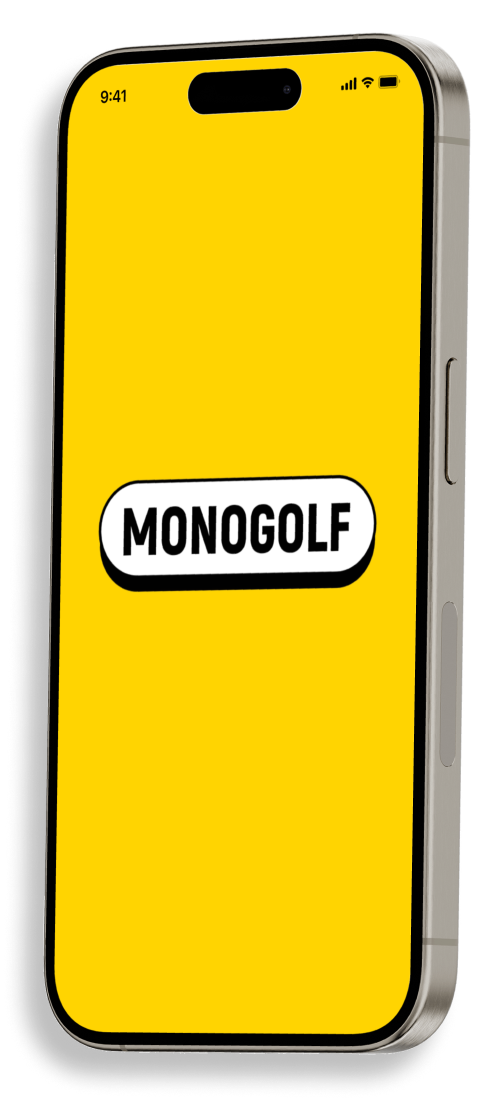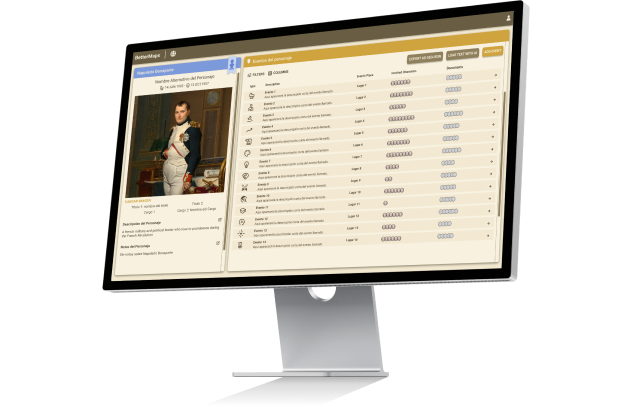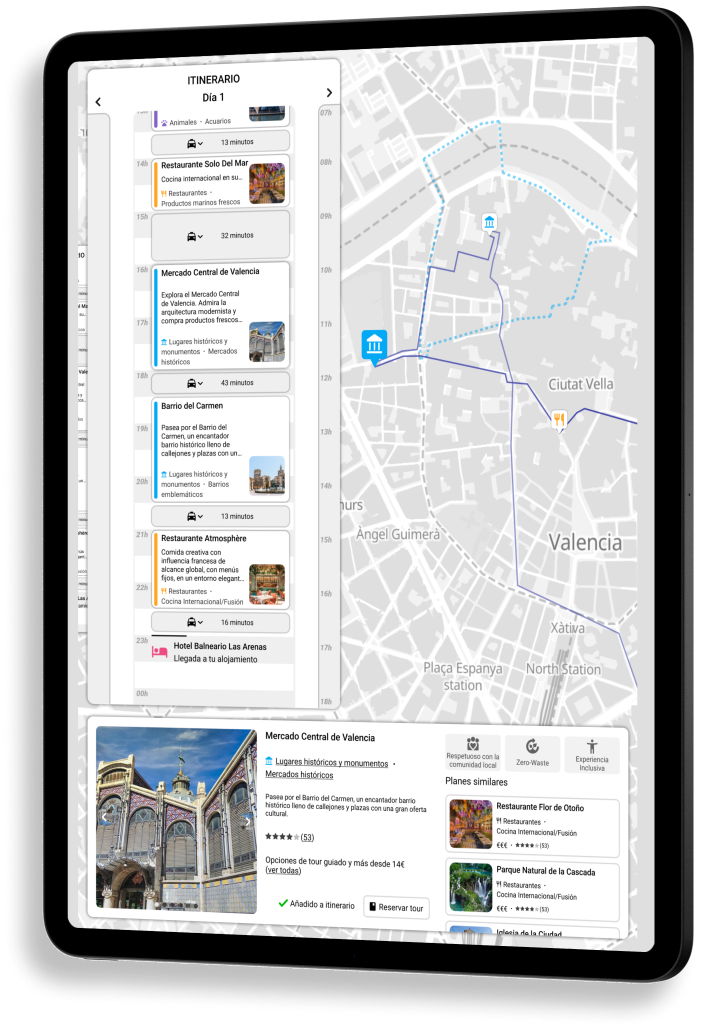In the previous installment of this series, we discussed how we designed Monogolf to appeal to the algorithms of Google Play and the App Store, thereby achieving significant organic growth through the discoverability mechanisms of these platforms. However, we must not forget that the most important algorithm we need to satisfy is that of the human brain. Therefore, this article will outline some of the strategic decisions made for Monogolf, with the intention of finding a place and staying in the minds of as many users as possible.
The first key decision in this regard, and a guiding principle for Monogolf, was to appeal to a broad audience, targeting all demographics. For this reason, we chose mobile devices as our platform. The mobile gaming market not only continued to experience strong growth, but it was also one of the platforms with the most users and the greatest diversity among them.
The decision to appeal to the general public also involved risks. It is often recommended for new entrepreneurs and small companies with limited resources to focus on a niche to better concentrate their efforts and avoid competition with established projects. However, both strategies have their risks and opportunities. If we could understand them and design the product in a way that minimized risks and maximized opportunities for success, the strategy could work for us.
Finding and studying successful precedents was central to understanding the key elements of the strategy. One of the most important was that of the Wii console and the game Wii Sports in 2006. Without going into too much detail, it is one of the best-selling consoles in history and, more interestingly for us, it was the most successful console among non-gamers. Demographic studies confirm that it had, by far, the highest rate of play among non-gamer groups at the time, such as women or older adults, as well as among casual gamers. The tool used to achieve this was the Wii Sports game, a product specifically created to be the reason for purchasing/discovering the console among these groups, and it was included with the console. One of the main features to which Wii Sports owes its success, and which we relied on to conceptualize Monogolf, is that it is a game about sports, which are much more familiar to the general public than video games. Other examples confirm the potential of sports games to reach a broad audience in the gaming medium, such as the FIFA, NBA, or similar franchises, which have been highly popular among the general public (compared to other video games) for decades, with many followers who have never played other titles.
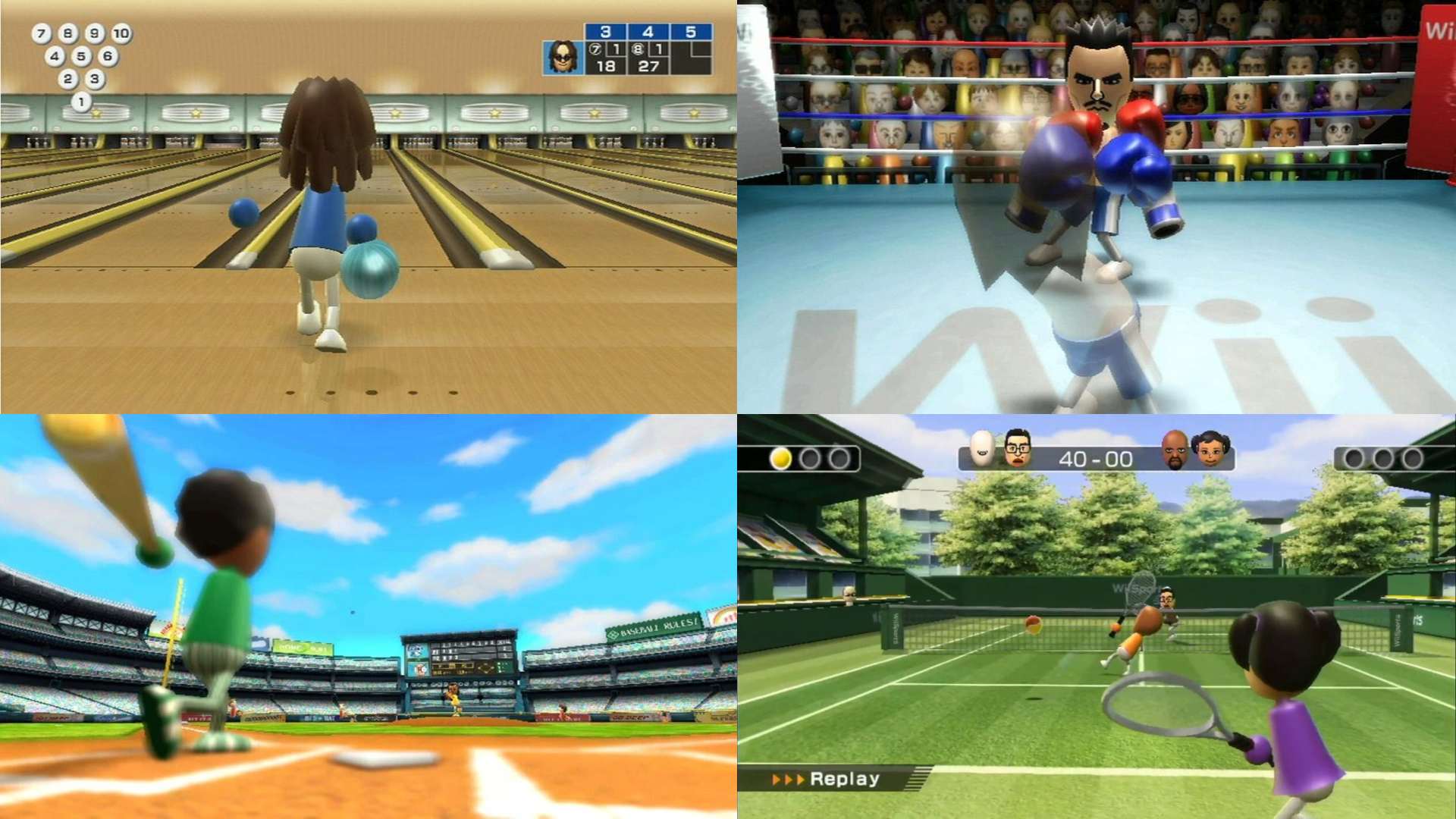
In the mobile gaming market at that time, there were not many titles dedicated to sports. Additionally, we chose a specific sport to avoid complicating development, and we found that golf/mini-golf presented an opportunity, due to low number of competitors in addition to being a fairly popular sport. In a way, creating a mini-golf game represented a hybrid approach with the niche strategy, as, despite it being designed to appeal to a broad audience, the game was well-received among golf enthusiasts. This fact, confirmed by user testimonials, we believe contributed to Monogolf’s spontaneous appearance in the Asus ZenFone 6 review on Marques Brownlee’s YouTube channel (20M subscribers, one of the leading channels about tech worldwide), which provided high-quality exposure and brand prestige to the product, organically. Marques, in addition to being a professional Ultimate Frisbee player in his free time as a YouTuber, has also expressed his passion for golf on several occasions, even collaborating with channels (much smaller than his) focused on this theme. This, combined with the minimalist aesthetic of the game, which we will discuss below, was, in our opinion, the reason why Marques Brownlee decided to include a few seconds of Monogolf in his phone review video mentioned earlier.
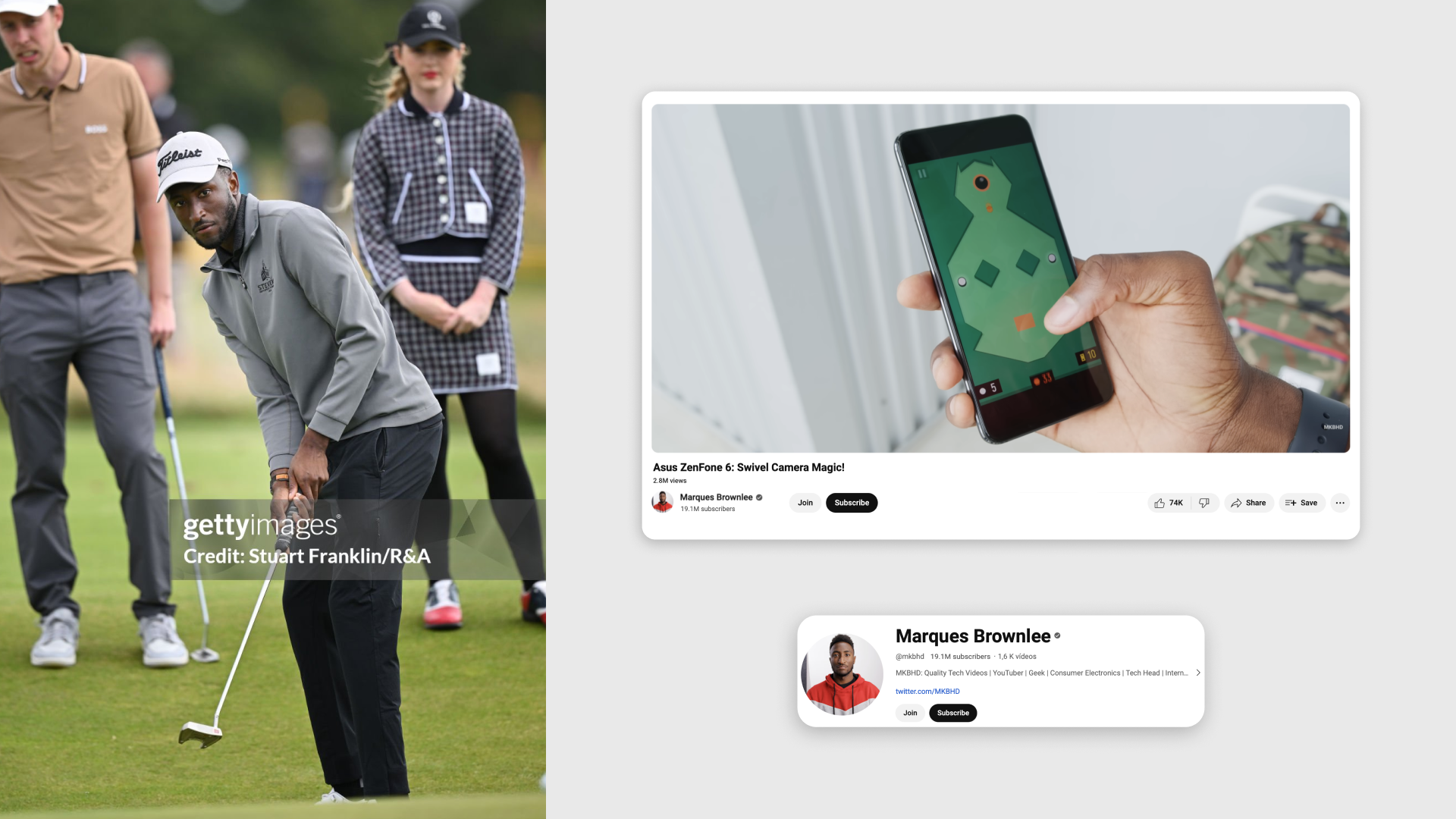
When it came to materializing these ideas into a visual format and a concept of identity, we decided to take another successful case among non-gamers as a reference: the pre-installed games on various devices. Titles like Snake on early mobile phones, Minesweeper or Solitaire on early Windows, Klondike (another version of solitaire) on old iPods, etc. These games have always appealed to a broad audience (the device’s corresponding user base in each case), and have even been there to make the device more user-friendly, more accessible, similar to the case of Wii Sports. These games share some common characteristics, such as being very simple and minimalist, relaxed and unobtrusive while still engaging, and designed for the device they are played on, among others. This conceptual and aesthetic reference was another guiding principle in the ideation and materialization of Monogolf, influencing diverse decisions, including some not so direct, like ensuring the app did not exceed 15 MB. This strategy, little explored by mobile games at the time, offered an advantage at the point of download decision by a user due to the convenience of such a low file size, and another at the point of considering uninstallation, while perfectly aligning with the minimalist graphics and the idea of a pre-installed game—a game that doesn’t clutter the device and is always there. We also adapted the course to the mobile screen and the shooting area to the reach of the user’s thumb, creating a mini-golf game tailored to the device and playable with one hand, in the usual position of holding the phone. Finally, the declining trend of including pre-installed games on devices meant that this space was left open, and we did not have to compete with truly pre-installed games.

This article has discussed various strategic decisions behind Monogolf and the successful cases they were based on, aimed at making it an attractive product capable of generating enough interest in users to enter and remain relevant on their devices and in their daily lives. While some of these features also contributed to the game becoming part of the user’s social life, through conversations, the internet, or joint gaming sessions, the third and final article in this series will delve deeper into this aspect of the product and our strategy in this regard.

